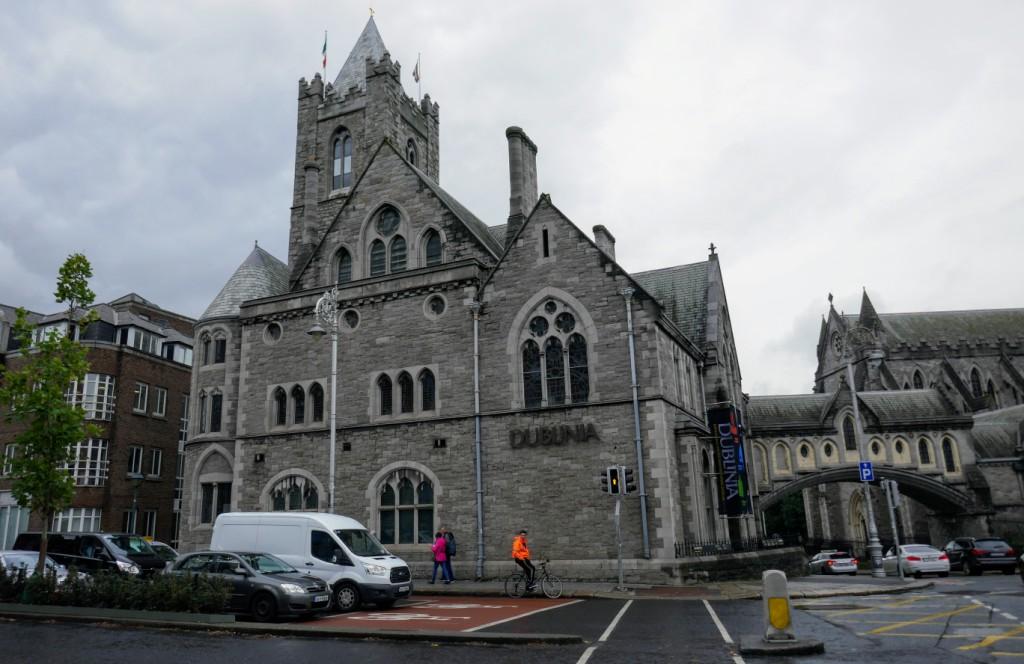Continuing from my previous posts (here, here, and here), these are four more Dublin museums I visited in October 2019.
1) Dublinia
Dublinia, which was redeveloped in 2010, is a living history museum and not-for-profit heritage centre, focusing on Viking Dublin and Medieval Dublin. It was marvellously interactive, occasionally gruesome, and quite educational.
A panel, for instance, from the Medieval Death and Disease section (complete with mannequins – awesome), advises about the origin of the word “coroner”.
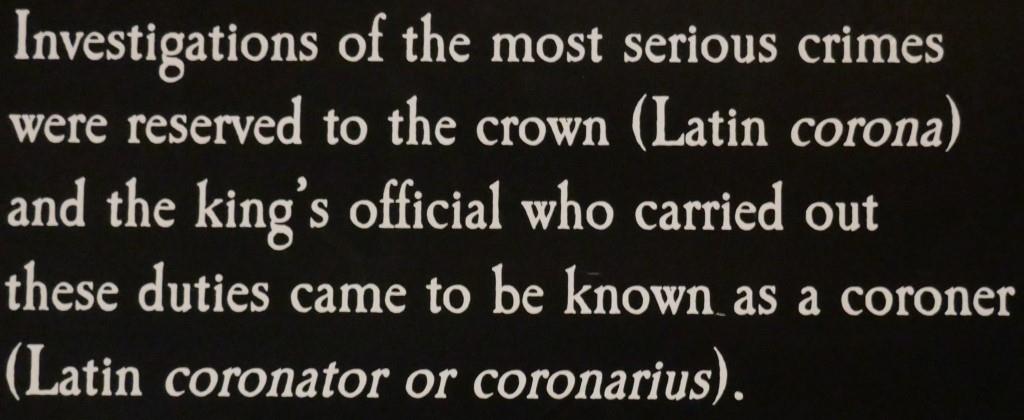
Have a look at this video about their school tours to see inside.
For my interests, Dublinia saved the best for last, with the archaeology section, as shown in the video above. I could have spent a lot more time there. Next time.
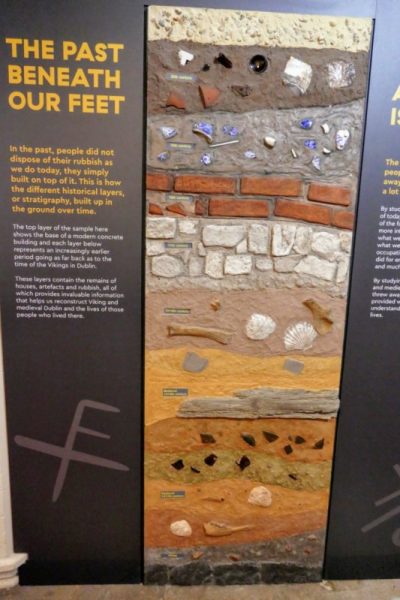
2) Irish Famine Exhibition Dublin
The Irish ancestor I mentioned as having come from Ireland on a famine ship in 1847, Bridget Campbell of Donegal, was part of a family of tenant farmers on the estate of Lord Palmerston (1784-1865) in County Sligo. Thus it was quite interesting to visit the Irish Famine Exhibition Dublin in St. Stephen’s Green Shopping Centre to read about Lord Palmerston, an absentee landlord, and see a picture of one of the dwellings on his estate. Good heavens.
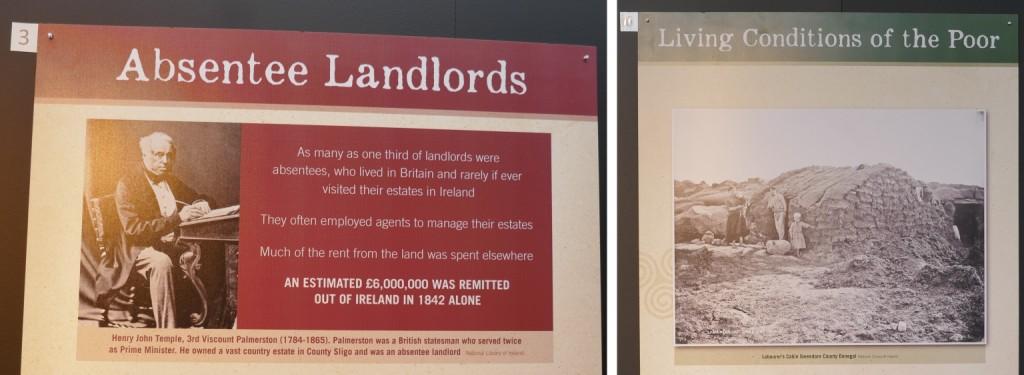
3) Seamus Heaney: Listen Now Again Exhibition, Bank of Ireland Cultural and Heritage Centre
When I hear of someone “donating their papers,” I picture exactly the kind of exhibit that is Seamus Heaney: Listen Now Again, at the Bank of Ireland Cultural and Heritage Centre. Seamus Heaney’s actual papers, as well as digital transcriptions, are on display, to truly wonderful effect.
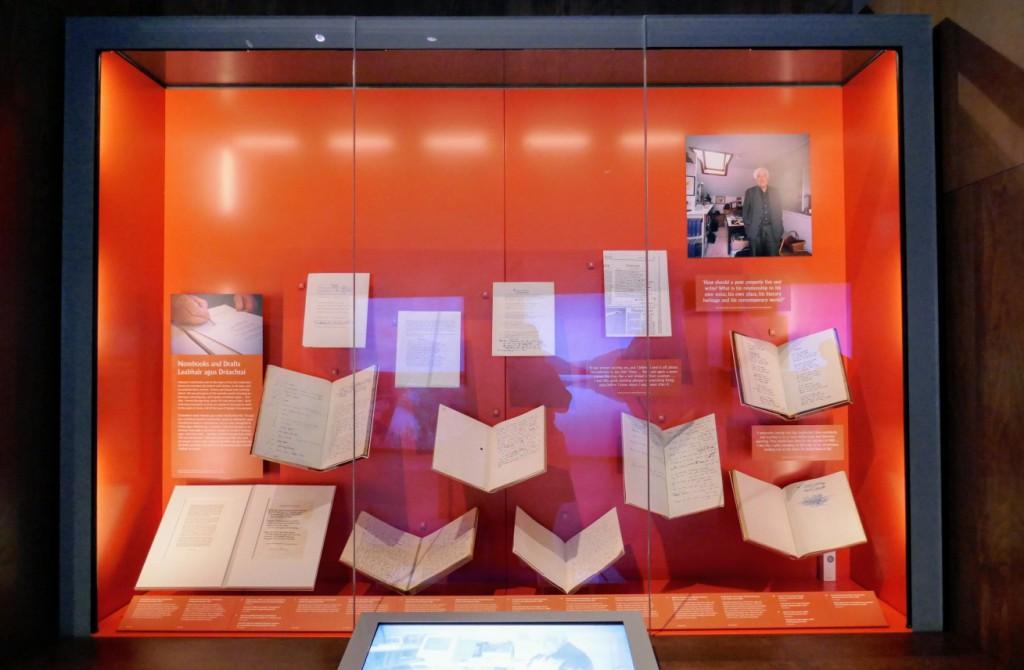
See the trailer for the exhibition here.
I was lucky to hear Seamus Heaney speak in London when I was at school there in May 2012, at the Southbank Centre. I certainly feel for his poetry in a way that I do not for that of W.B. Yeats (as noted in a previous post).
For instance, on one wall was displayed the powerful Digging (1966).
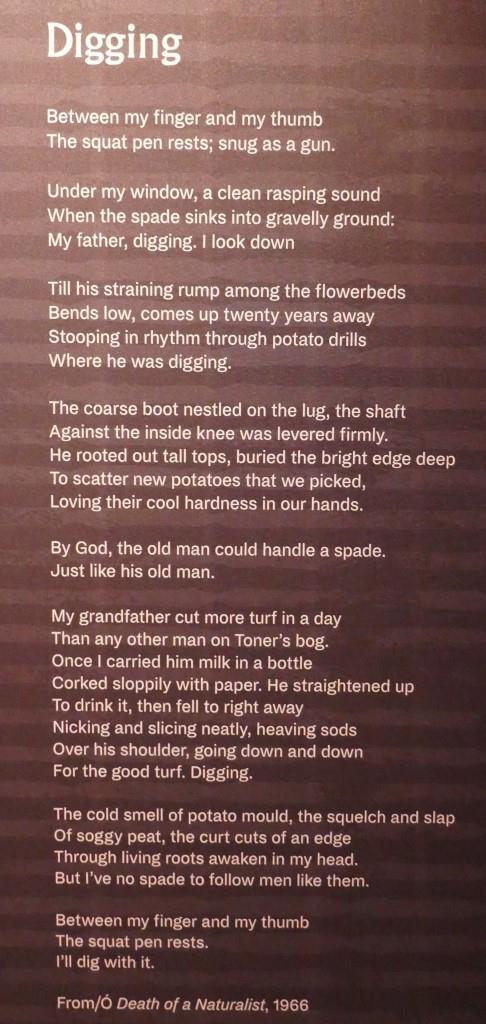
One of Heaney’s diary entries featured a visit to Dingle, where I’d just been, in 1966. His observations then are as true today (if somewhat uncharitable) (“… Americans, all cameras and loud talk, shooting one another with the church for background”).
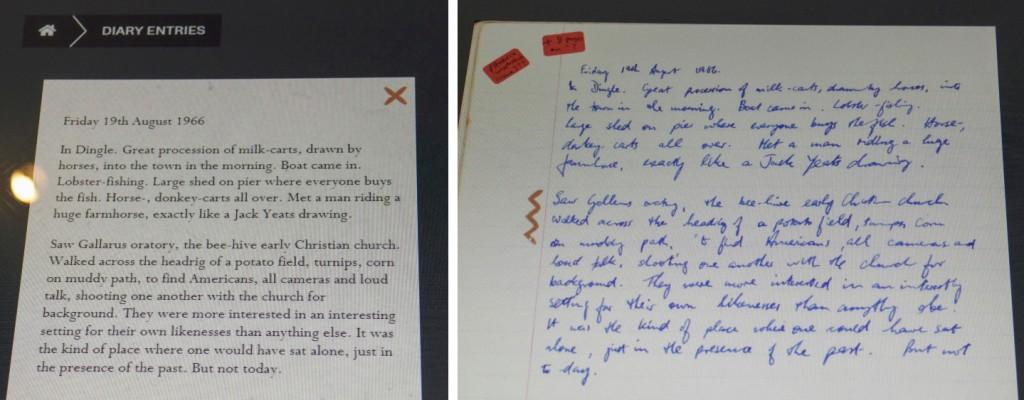
I loved the stations where you could sit at your leisure and listen to Heaney’s poetry being read to you, including one voiced by Liam Neeson. (I could listen to him read anything, all day.) It was also very helpful for comprehension to see the words on the screen.
A top exhibition.
4) EPIC The Irish Emigration Museum
EPIC The Irish Emigration Museum featured a display noting how immigrants to North America might often meet at Irish societies or dancehalls, “filled with familiar accents and a home from home atmosphere” (see below). Furthermore, the panel notes that, “There were 27 dancehalls in greater New York during the 1920s…”
My McCabe grandparents likely met in such a fashion, in Buffalo, New York, in the late 1920s. Both came from the same Irish immigrant village called Douglastown on Quebec’s Gaspé Peninsula, in Canada. Both were in Buffalo for work; my grandmother as a server in a (respectable, I’m told) “gentleman’s club” called the Buffalo Club, my grandfather wintering from his job as a Great Lakes tug boat captain.
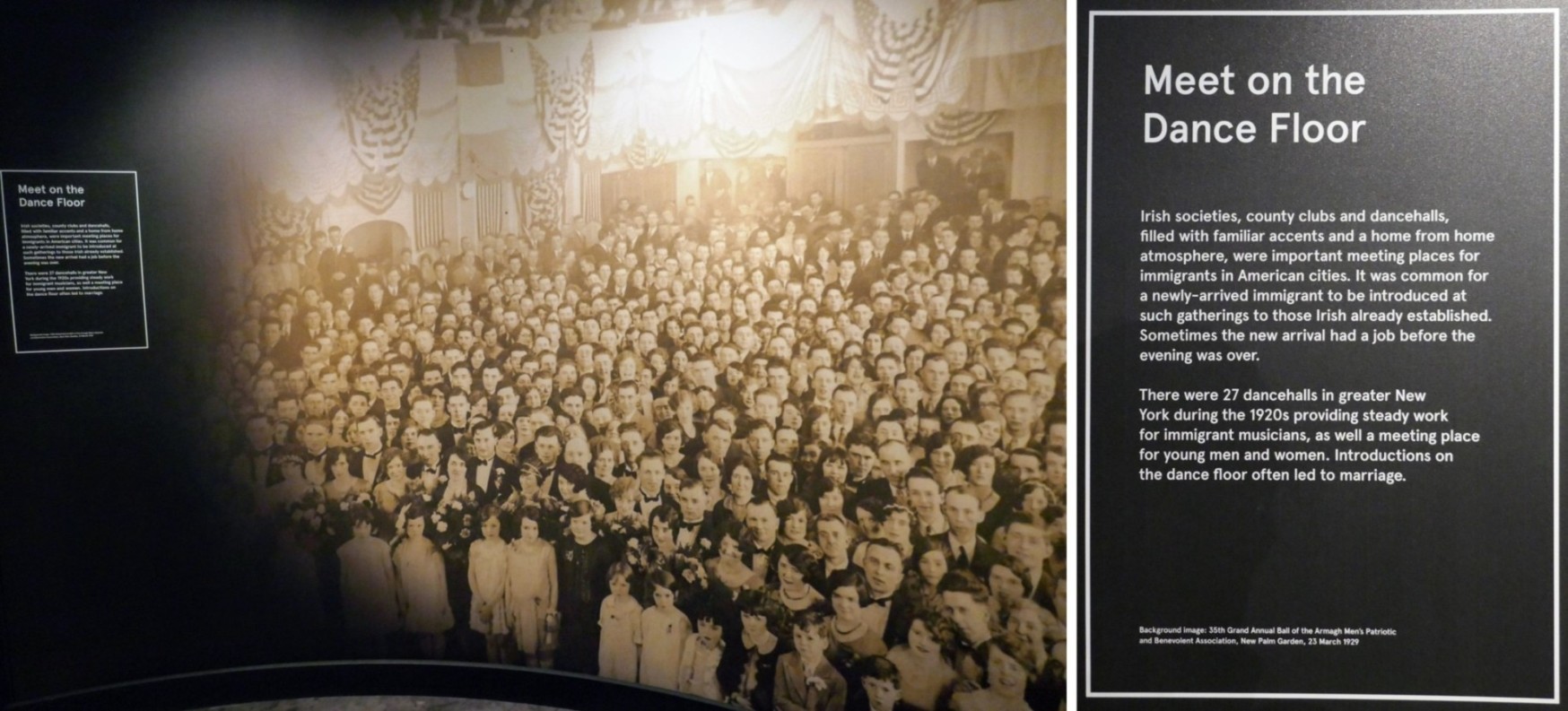
From a visit a to Buffalo a few years ago, I heard how there was a large community of Irish people there, so it would be no surprise that they were eventually introduced to each other.
Vincent McCabe and Dorinda Walsh married in Buffalo, New York, on April 22, 1929. They went on to move to Thunder Bay, Ontario, and have six children, including my father.
And here we are. That’s my Irish Emigration story.
These four Dublin museums were nos. 98 to 101 in my #100museums challenge (see 100 Museums Challenge).

